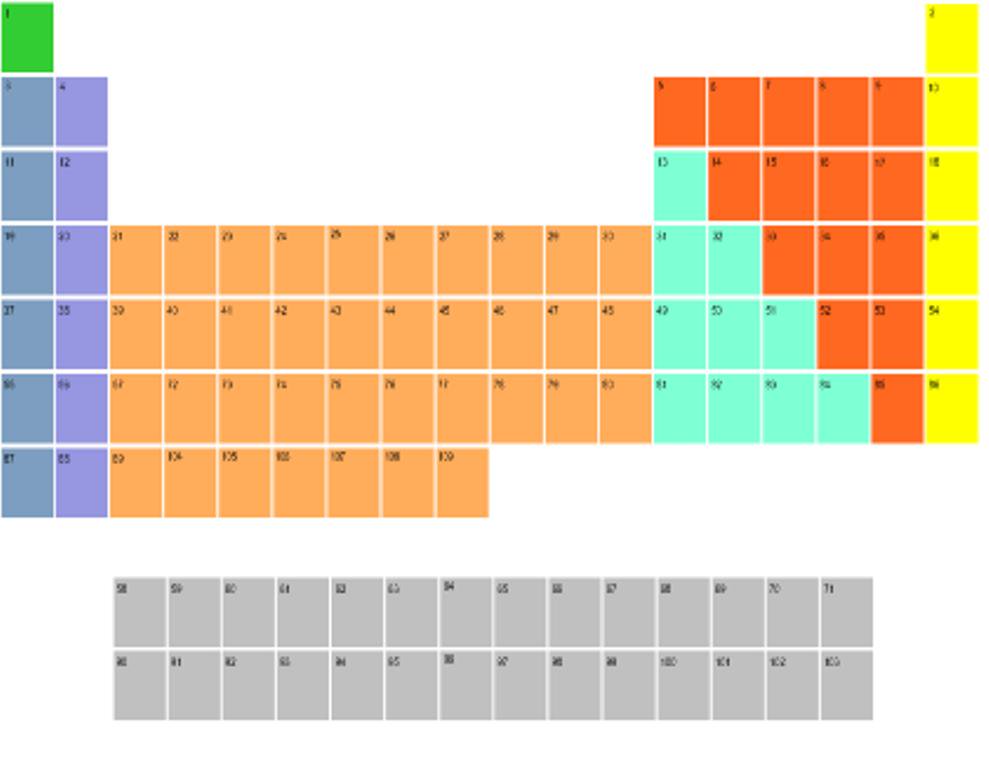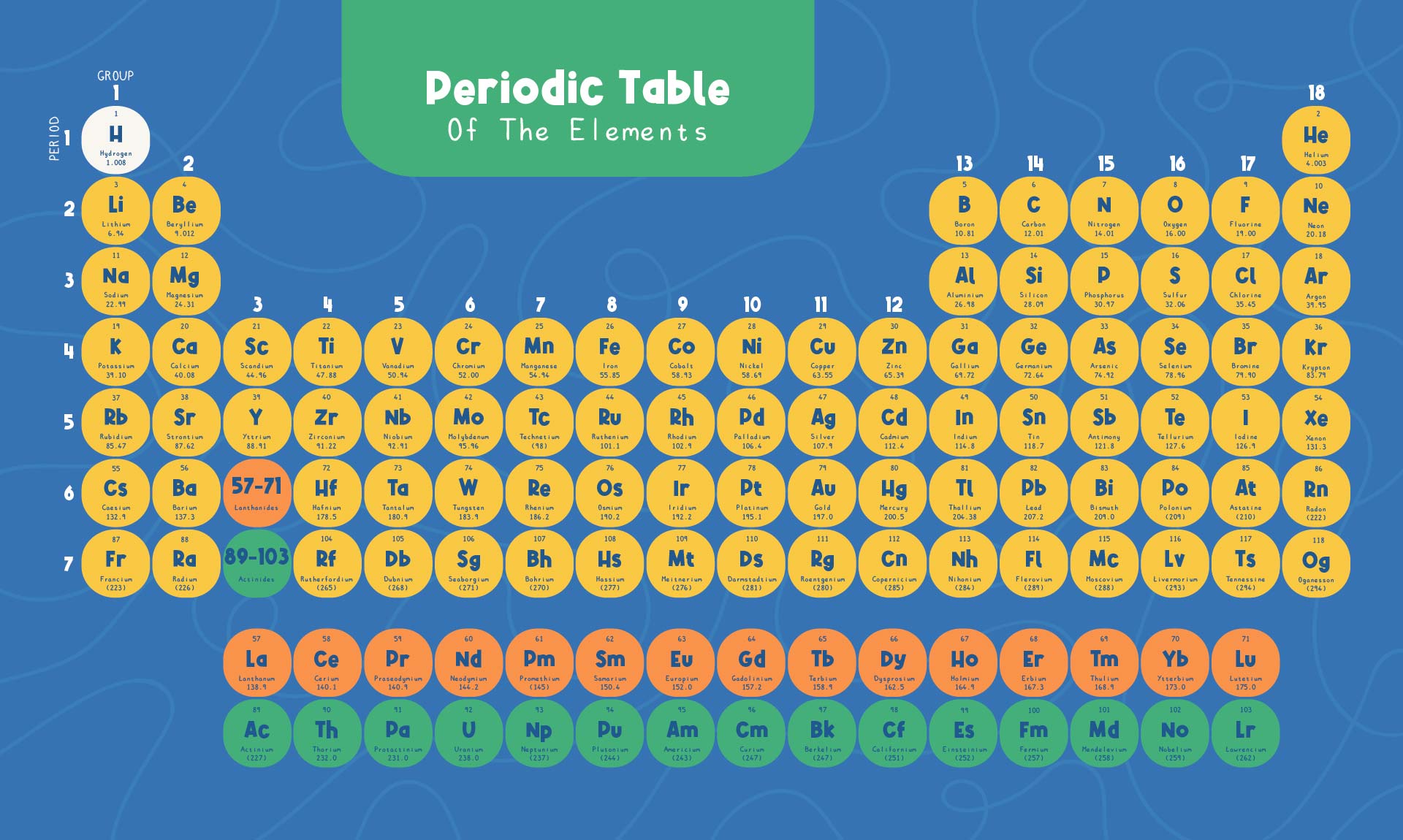
/PeriodicTable-56a12c983df78cf772682271.png)
Have children find the element on their name tags, which is their team name, and find their teammates. With older students and more time discuss the nature of elements in the various groups, that many of the heaviest elements are man-made and last only a fraction of a second, the fact that the periodic law predicted elements not discovered for over a hundred years and other topics as time permits. The columns, called groups, contain elements with similar chemical behaviors. The seven rows of the table, called periods, generally have metals on the left and nonmetals on the right. The structure of the table shows periodic trends.

An element is a pure substance which cannot be broken down by chemical means.With younger students just touch on the following points: If possible, have a larger version of the periodic table to show, and a drawing of a simple atom showing electrons, protons, and neutrons. Your introduction depends on the time you have, the age of your students, and their science background. You will need a countdown timer, and perhaps a whistle, bell, or similar item since children may be noisy playing the games. Ask each volunteer to check name tags at each rotation before beginning play to make sure the children are at the correct station. Give those keeping track of scores (Atomic Dice and Scavenger Hunt) scratch paper and a pencil.

Teach volunteers the rules of their games. It is amazing how hard it can be to keep all teams headed in the right direction, especially after several rotations have passed. Prepare a sign for each station with game name and number according to your name tags. With so many stations it is particularly important that teams don’t get confused during the rotations. The pre-made (and blank) team name tags make it easier children and volunteers alike to stay organized.


 0 kommentar(er)
0 kommentar(er)
